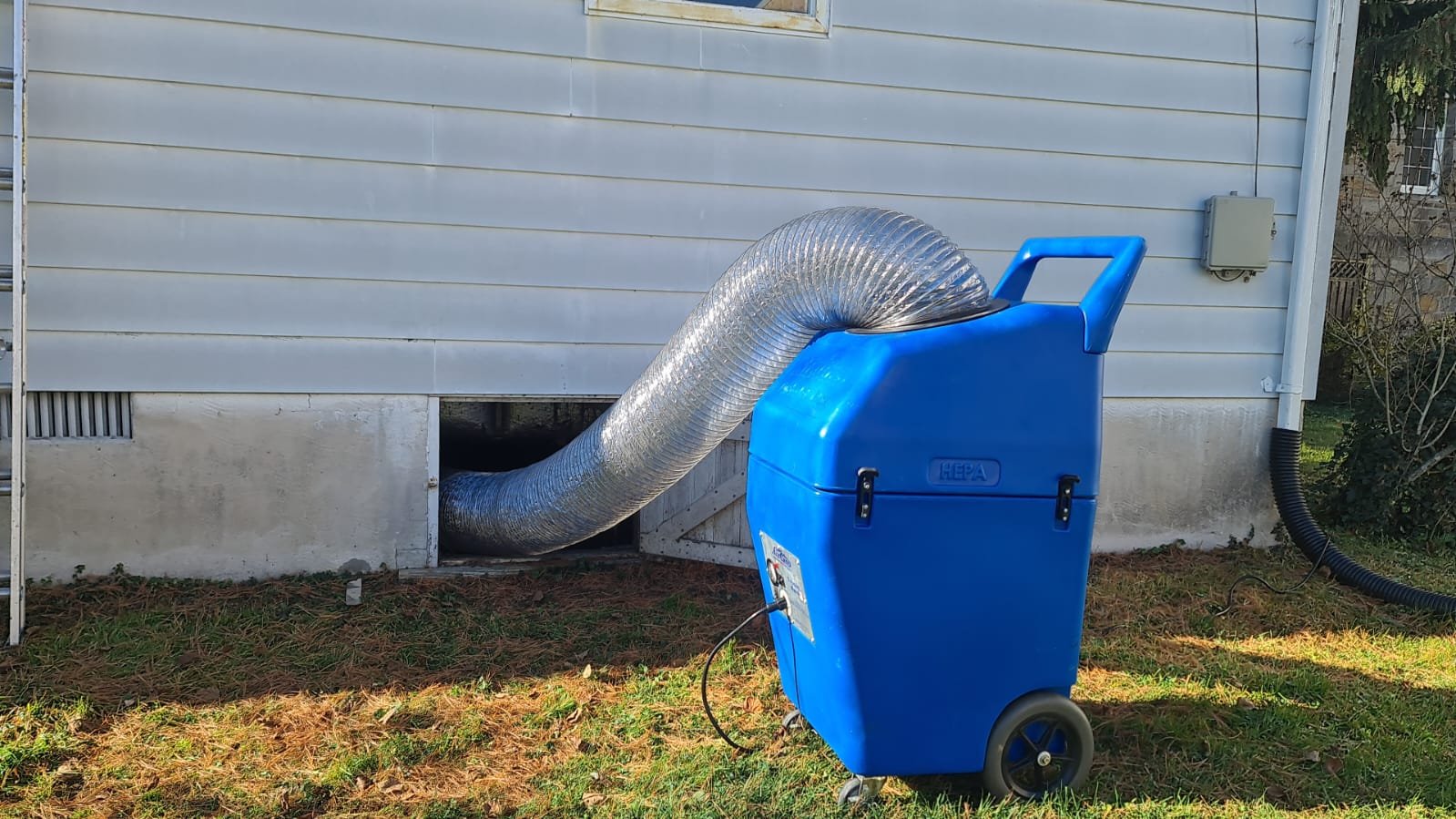
Common Air Duct Contaminants: What’s Lurking in Your Home’s Air Supply?
Air ducts play a critical role in maintaining indoor air quality, yet they often go unnoticed when it comes to home maintenance. Over time, air ducts can become a haven for a variety of contaminants that can affect both your health and the efficiency of your HVAC system. This article delves into the most common contaminants found in air ducts, backed by data and statistics that highlight the importance of regular air duct cleaning.
The Ubiquity of Airborne Contaminants in Air Ducts
Air ducts are responsible for circulating air throughout your home, but they can also circulate unwanted contaminants. According to a study by the National Air Duct Cleaners Association (NADCA), about 90% of HVAC systems accumulate dust and debris over time, which can lead to significant indoor air pollution. These contaminants not only degrade air quality but also strain your HVAC system, reducing its efficiency.
Most Common Contaminants in Air Ducts
Dust and Dust Mites
Dust is the most prevalent contaminant found in air ducts. The Environmental Protection Agency (EPA) estimates that indoor dust levels can be 70% higher in homes with dirty air ducts compared to those that are regularly cleaned. Dust mites, tiny insects that thrive in dust, are a common allergen and can exacerbate asthma and other respiratory conditions. A study published in the Journal of Allergy and Clinical Immunology found that 85% of homes have detectable levels of dust mites in their air ducts.
Mold and Mildew
Moisture in air ducts can lead to the growth of mold and mildew, both of which are serious health hazards. The Centers for Disease Control and Prevention (CDC) reports that 50% of all HVAC systems show evidence of moisture buildup, which can foster mold growth. In a study by the Institute of Medicine, it was found that exposure to mold and mildew in air ducts can increase the risk of respiratory issues by 30%, particularly in children and the elderly.
Pollen
Pollen is another common contaminant, especially in homes located near forests, fields, or other vegetation. During peak pollen seasons, pollen particles can enter your home and become trapped in air ducts. The American Lung Association estimates that homes with unclean air ducts can have pollen concentrations up to 50% higher than outdoor levels. This is particularly problematic for individuals with pollen allergies, leading to increased symptoms such as sneezing, runny nose, and itchy eyes.
Pet Dander
Pet owners are likely familiar with pet dander, which consists of tiny, even microscopic, flecks of skin shed by cats, dogs, and other animals with fur or feathers. According to a survey by the American Pet Products Association, 67% of U.S. households have a pet, and in homes with pets, air ducts can contain up to 60% more pet dander than those without. This dander can cause allergic reactions and exacerbate asthma symptoms, particularly in children.
Volatile Organic Compounds (VOCs)
Volatile Organic Compounds (VOCs) are chemicals found in many household products, including paints, cleaning supplies, and even furniture. These compounds can off-gas and become trapped in air ducts, circulating throughout the home. The EPA has found that the concentration of VOCs indoors can be up to 10 times higher than outdoors, and unclean air ducts can exacerbate this issue. Prolonged exposure to high levels of VOCs can lead to headaches, dizziness, and long-term health issues such as liver and kidney damage.
Bacteria and Viruses
Bacteria and viruses can also reside in air ducts, particularly in homes with poor ventilation. A study by the National Institute of Environmental Health Sciences found that unclean air ducts can increase the concentration of airborne bacteria by 30%, leading to a higher risk of infections, particularly during cold and flu season. In extreme cases, bacteria such as Legionella, which causes Legionnaires' disease, can thrive in unclean air ducts, posing serious health risks.
Rodent and Insect Debris
Rodents and insects can sometimes make their way into air ducts, leaving behind droppings, carcasses, and other debris. According to a study by the National Pest Management Association, 21% of homes with unclean air ducts showed evidence of rodent or insect activity in their HVAC systems. These contaminants can not only contribute to unpleasant odors but also spread diseases, making them a serious concern for homeowners.
The Impact of Air Duct Contaminants on Health and HVAC Efficiency
Health Implications
The contaminants found in air ducts can have a significant impact on health, particularly for individuals with allergies, asthma, or other respiratory conditions. The American College of Allergy, Asthma, and Immunology reports that 20% of Americans suffer from allergies, many of which are exacerbated by poor indoor air quality. Homes with unclean air ducts have been shown to have a 30% higher incidence of respiratory issues compared to those that undergo regular cleaning.
Moreover, a study by the World Health Organization (WHO) estimates that poor indoor air quality, often exacerbated by contaminants in air ducts, contributes to 4.3 million premature deaths annually due to respiratory and cardiovascular diseases. This statistic underscores the critical importance of maintaining clean air ducts to protect the health of household occupants.
HVAC System Efficiency
Contaminants in air ducts can also have a detrimental effect on HVAC system efficiency. Dust, pollen, and other debris can clog air filters and reduce airflow, forcing the system to work harder to maintain desired temperature levels. The U.S. Department of Energy estimates that unclean air ducts can reduce HVAC efficiency by up to 25%, leading to increased energy consumption and higher utility bills.
Additionally, the buildup of contaminants can cause wear and tear on HVAC components, leading to more frequent breakdowns and a shorter system lifespan. The NADCA reports that homeowners can save up to 20% on HVAC repair costs by maintaining clean air ducts, as clean systems experience fewer mechanical issues.
The Importance of Regular Air Duct Cleaning
Given the variety and prevalence of contaminants that can accumulate in air ducts, regular cleaning is essential to maintain both indoor air quality and HVAC system efficiency. The NADCA recommends that air ducts be cleaned every three to five years, depending on factors such as the presence of pets, allergies, and environmental conditions.
Reduction in Contaminant Levels
Regular air duct cleaning can dramatically reduce the levels of dust, pollen, pet dander, and other contaminants circulating in your home. According to a study by the American Society of Heating, Refrigerating, and Air-Conditioning Engineers (ASHRAE), homes that undergo regular air duct cleaning experience a 30% reduction in indoor air contaminants, leading to improved air quality and a decrease in allergy and asthma symptoms.
Improved HVAC Performance
Clean air ducts allow your HVAC system to operate more efficiently, reducing energy consumption and prolonging the life of the system. The EPA estimates that homeowners can save up to 15% on energy bills after a professional air duct cleaning, as the system can operate at optimal performance without the strain of clogged ducts.
Enhanced Home Comfort
Finally, maintaining clean air ducts contributes to a more comfortable living environment. With fewer airborne contaminants, improved air circulation, and a more efficient HVAC system, homeowners can enjoy a healthier and more comfortable indoor environment year-round.
Conclusion
Air ducts are often overlooked when it comes to home maintenance, but the contaminants that can accumulate within them pose significant health risks and can reduce the efficiency of your HVAC system. From dust and mold to pet dander and VOCs, the range of contaminants lurking in your air ducts can negatively impact indoor air quality and overall home comfort.
By understanding the common contaminants found in air ducts and the importance of regular cleaning, homeowners can take proactive steps to improve their indoor air quality, protect their health, and ensure their HVAC system operates efficiently for years to come. The statistics make it clear: regular air duct cleaning is not just a good idea—it’s a necessity.

